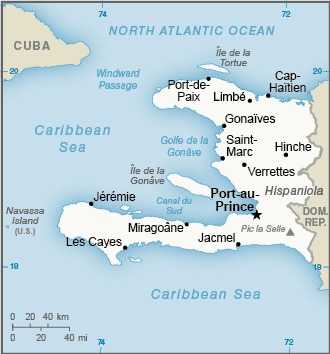Introduction
Visit the Definitions and Notes page to view a description of each topic.
Geography
People and Society
Population
comparison rankings: female 83; male 85; total 83
Languages
Median age
comparison ranking: total 173
Population growth rate
comparison ranking: 77
Birth rate
comparison ranking: 60
Death rate
comparison ranking: 111
Net migration rate
comparison ranking: 160
Maternal mortality ratio
comparison ranking: 27
Infant mortality rate
comparison ranking: total 32
Life expectancy at birth
comparison ranking: total population 205
Total fertility rate
comparison ranking: 72
Obesity - adult prevalence rate
comparison ranking: 72
Alcohol consumption per capita
comparison ranking: total 118
Tobacco use
comparison ranking: total 152
Children under the age of 5 years underweight
comparison ranking: 58
Education expenditures
comparison ranking: 192
Environment
Revenue from forest resources
comparison ranking: 60
Revenue from coal
comparison ranking: 78
Government
Economy
Real GDP (purchasing power parity)
comparison ranking: 143
Real GDP growth rate
comparison ranking: 205
Real GDP per capita
comparison ranking: 195
Inflation rate (consumer prices)
comparison ranking: 210
GDP - composition, by sector of origin
comparison rankings: services 156; industry 61; agriculture 43
Industrial production growth rate
comparison ranking: 194
Labor force
comparison ranking: 85
Unemployment rate
comparison ranking: 188
Youth unemployment rate (ages 15-24)
comparison ranking: total 14
Public debt
comparison ranking: 167
Taxes and other revenues
comparison ranking: 101
Current account balance
comparison ranking: 120
Reserves of foreign exchange and gold
comparison ranking: 120
Debt - external
comparison ranking: 73
Energy
Electricity
comparison rankings: transmission/distribution losses 87; consumption 176; installed generating capacity 153
Carbon dioxide emissions
comparison ranking: total emissions 150
Energy consumption per capita
comparison ranking: 176
Communications
Telephones - fixed lines
comparison ranking: total subscriptions 202
Telephones - mobile cellular
comparison ranking: total subscriptions 110
Internet users
comparison ranking: total 108
Broadband - fixed subscriptions
comparison ranking: total 152
Transportation
Merchant marine
comparison ranking: total 170





